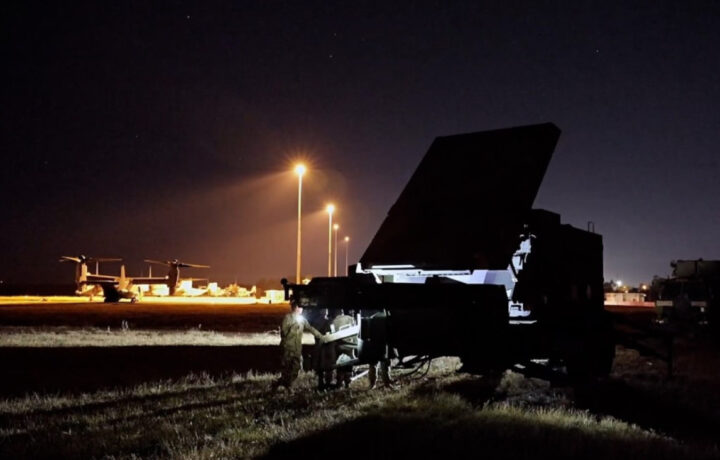This week, the United States Army announced the nine bases that are in consideration as a site for microreactor power plants. It follows the Defense Innovation Unit’s (DIU’s) release of an “Area of Interest” (AOI) solicitation, with responses due by December 15.
The locations include Fort Benning, GA; Fort Bragg, N.C., Fort Campbell, Kentucky–Tennessee; Fort Drum, N.Y.; Fort Hood, TX; Fort Wainwright, AK; Holston Army Ammunition Plant, TN.; Joint Base Lewis-McChord, WA.; and the Redstone Arsenal, AL.
The sites were selected following a comprehensive analysis and on-site assessment to identify optimal locations for initial deployment, the Army explained. It evaluated mission critical installations, energy requirements and resiliency gaps, along with power infrastructure, environmental and technical considerations.
The final number and location of the microreactors deployed to the U.S. Army installations has yet to be determined, but the service announced it remains committed to maximizing the number of sites, based on technical feasibility, site suitability, and available resources.
“The Janus Program is taking its first step toward pairing specific nuclear reactor designs to specific U.S. Army installations,” said Dr. Jeff Waksman, principal deputy assistant secretary of the Army for Installations, Energy and Environment. “We will move to bending metal as quickly as possible, leveraging the enormous amount of technical talent gathered to execute this program.”
The Janus Program of Record
Dubbed the Janus Program, it was first unveiled in June 2024, to deliver secure, resilient, and reliable energy to support national defense installations and critical missions in accordance with EO 14299 Deploying Advanced Nuclear Reactor Technologies for National Security. The project, a joint venture with the Department of Energy (DOE), involves deploying the microreactors on domestic military bases to provide uninterrupted energy during training, deployment, and even combat operations.
Earlier this year, the DIU signaled that eight companies with reactor designs had been selected via the Advanced Nuclear Power for Installations (ANPI) program. The same companies were selected for the DOE’s Nuclear Reactor Pilot Program, and in August, it was announced that Oklo and Radiant Industries were participating in each of the programs. The DOE effort has sought to get three reactors on line by July 4, 2026.
“We’ve established a great partnership with the U.S. Army. DIU is ready and excited to leverage our rapid CSO process to execute the Janus Program in collaboration with our government and industry partners,” said DIU Energy Portfolio Director, Dr. Andrew Higier. “This collaboration will deliver advanced nuclear energy to Army installations, ensuring their most critical missions always have resilient and ready power.”
A Power Play
The Pentagon has acknowledged that providing the “consistent, resilient energy” to military installations and operational theaters remains a complex challenge. Several factors remain, including aging infrastructure, dependence on vulnerable civilian power grids, and complex logistics in delivering liquid fuel, as well as rising energy demands from advanced technologies including server farms, and artificial intelligence data centers.
“Frequent electricity outages, grid disruptions, and limited backup capacity jeopardize critical systems responsible for command, control, communications, and logistics. This directly undermines readiness, training, and operational effectiveness,” the DIU explained.
The release of the AOI and site selection highlights the Janus Program’s accelerated pace for the revitalization of American industrial capacity and technological leadership, the DIU added
It will prioritize the optimal installations that could initially support microreactor power plants, and it will continue to work with industry to efficiently deploy next generation nuclear capabilities at those installations. The Army h as called these initiatives, a “substantial investment in the future of energy security” for the U.S. military and the nation.
The U.S. Army has indicated that it doesn’t anticipate any significant impact to installation land use, and stated that it shares a commitment to public safety and transparency, including the host communities. The service also recognizes that the communities surrounding these installations would have a vested interest in their operations.
There are no specific timeline regarding how the selection process will continue.
Additional details will be announced as the team cooperates with military installations, residents, and the surrounding communities.




